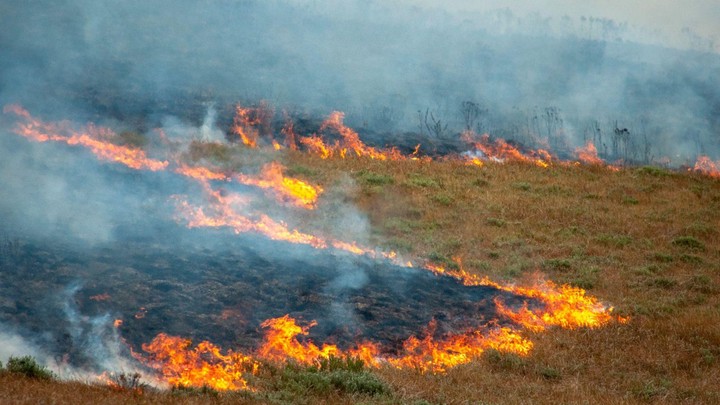Fire regime and local biotic and abiotic factors as drivers of diversity patterns in highland grasslands in southern Brazil
 Image credit: Rafael Barbizan Suhs
Image credit: Rafael Barbizan Suhs
Abstract
Grassland ecosystems are shaped by disturbance regimes and environmental factors, with fire and herbivory historically maintaining biodiversity in grasslands. However, fire suppression in protected areas has led to unintended ecological consequences, including species dominance and litter accumulation, which limit space for herbaceous communities and increase the risk of severe fires. We assessed the influence of fire regimes, and local biotic and abiotic factors on species diversity in subtropical highland grasslands of southern Brazil. We expect species diversity to be lower in sites with longer periods without disturbances, as this may favor fast growing, dominant species and lead to an accumulation of litter. We sampled vegetation and environmental variables, and calculated fire regimes to assess their effects on species richness (alpha diversity) and species replacement (beta diversity). We found litter volume and community dominance increased with species richness, while with more bare soil there were fewer species. Prolonged time without fire and biomass accumulation contributed to greater dominance, but dominance was lower in steeper terrain. In terms of beta diversity, species replacement was influenced by litter, live biomass, soil depth, and rock cover. Our study suggests changes in disturbance regimes can have short-term effects, with litter accumulation negatively impacting diversity and increasing the likelihood of catastrophic fires due to the buildup of flammable material. Our findings highlight the indirect role of fire regimes in shaping diversity, with litter accumulation emerging as a critical factor influencing species richness, composition, and community dynamics, as well as increasing fire risk.